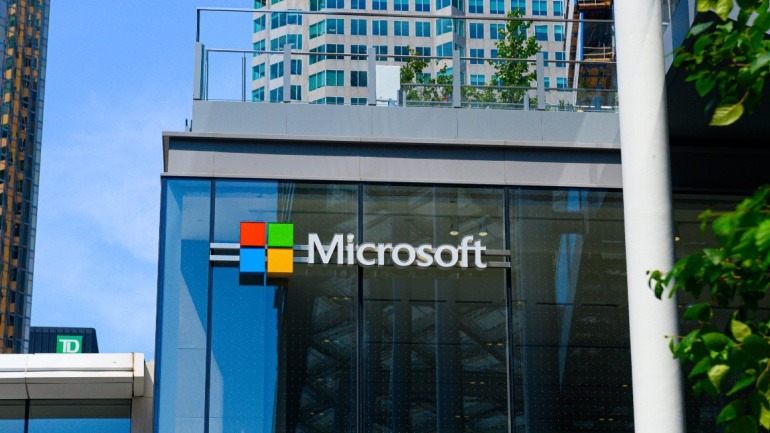A recent analysis by the International Data Corporation (IDC) reveals an expected sharp increase in the shipment of AI-enabled personal computers (PCs) in the coming years. The study forecasts that the number of these specially equipped PCs, designed to handle generative AI tasks on their own without cloud assistance, will soar from approximately 50 million units in 2024 to over 167 million by 2027. This growth indicates that nearly 60% of all PC shipments globally will be AI PCs by the end of the projection period.
Tom Mainelli, a senior executive at IDC, highlighted the growing enthusiasm for generative AI and its potential to revolutionize the PC industry. He pointed out that the industry is eager to leverage AI to enhance computing experiences directly on devices, citing improvements in performance, cost savings on cloud services, and enhanced privacy and security as key drivers of this trend.
Traditionally, AI tasks have been managed by a PC’s central or graphics processing units, often at the expense of overall performance and battery life. To address these challenges, PC manufacturers have introduced specialized components known as neural processing units (NPUs) into their systems. These NPUs are designed to execute AI tasks more efficiently than their general-purpose counterparts.
IDC categorizes AI PCs into three segments based on their capabilities. The first group consists of PCs equipped with NPUs capable of less than 40 tera operations per second (TOPS), focusing on enhancing specific application features. The second group includes PCs with NPUs designed for 40–60 TOPS, supported by AI-optimized operating systems for broader AI integration. The final category, which is anticipated but not yet available, is expected to exceed 60 TOPS, promising even more advanced AI functionalities.
The report predicts a rapid adoption of AI PCs, particularly those in the second category, which are expected to outpace the first category in terms of shipments by 2027. The transition towards AI PCs is not only anticipated to benefit commercial sectors but also to significantly enhance consumer experiences, including gaming and content creation, by bringing AI processing directly to users’ devices. This shift aims to improve performance, security, and cost-effectiveness by reducing reliance on cloud computing for AI tasks.







